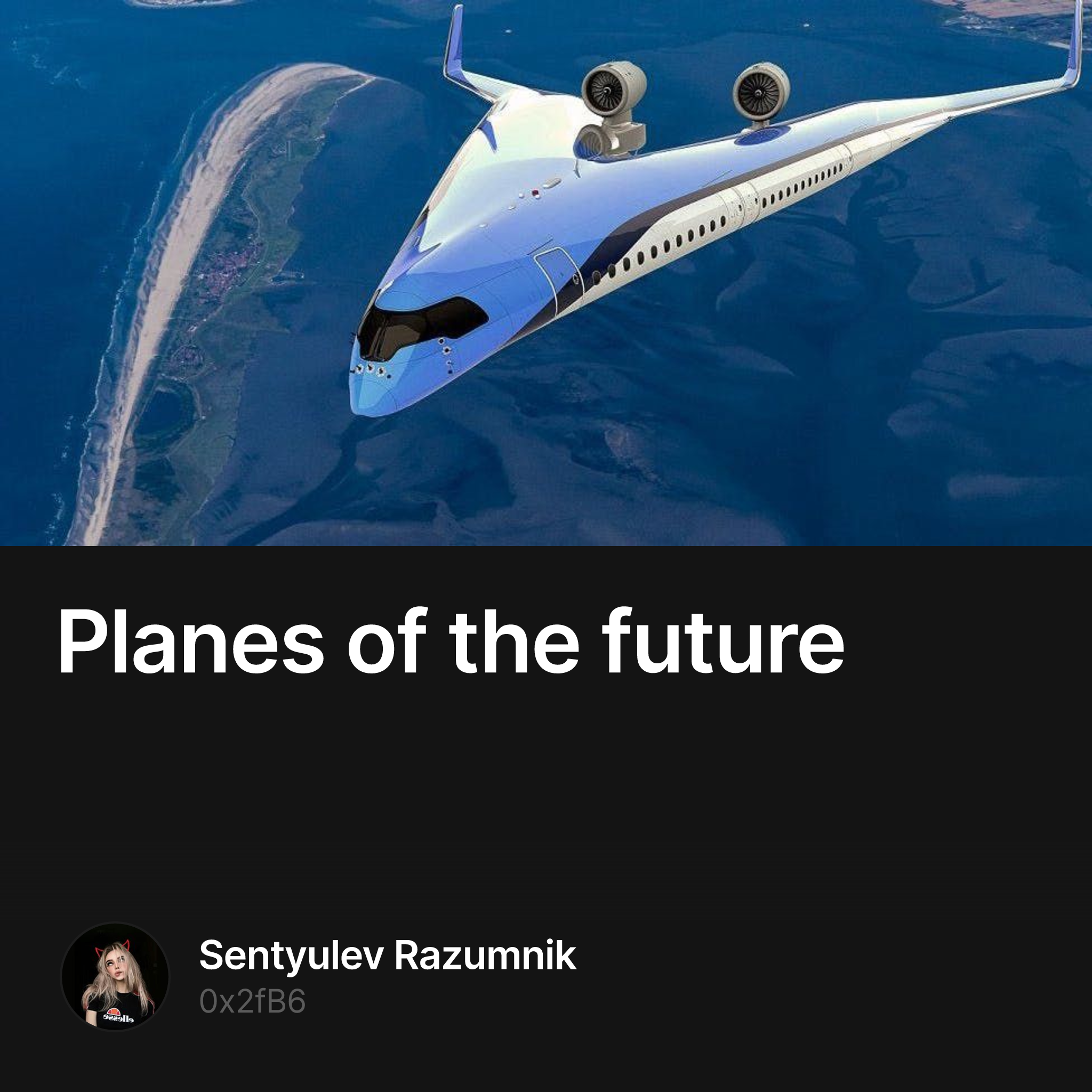Aircraft have come a long way since the Wright brothers made their historic flight in 1903. Today, aircraft are an integral part of our transportation system, and play a critical role in connecting people and facilitating global trade. As technology continues to advance, it is likely that the aircraft of the future will be even more sophisticated and advanced.
One possibility for the aircraft of the future is that they will become more environmentally friendly. With concerns about climate change and the need for sustainable transportation options, there will be a growing demand for aircraft that are more fuel-efficient and emit fewer greenhouse gases. This could involve the development of new materials and technologies, such as lightweight composites and alternative fuels, to make aircraft more efficient and environmentally friendly.
Another possibility for the aircraft of the future is that they will become more autonomous and self-piloted. With the development of artificial intelligence and autonomous technologies, it is possible that aircraft will be able to fly themselves, with little or no input from human pilots. This could potentially improve safety and efficiency, as well as reduce the need for human pilots.
In terms of design and functionality, it is likely that the aircraft of the future will become more flexible and adaptable. They may be able to change shape or configuration to optimize performance for different missions or environments. They may also feature advanced sensors and other technologies to improve navigation and safety.
Overall, the aircraft of the future are likely to be more advanced and sophisticated than the ones we use today. They will be more environmentally friendly and efficient, and may feature autonomous and adaptive technologies. While it is difficult to predict exactly what the aircraft of the future will look like, it is clear that they will play a vital role in transportation and will continue to evolve and adapt to meet the changing needs and demands of society.

